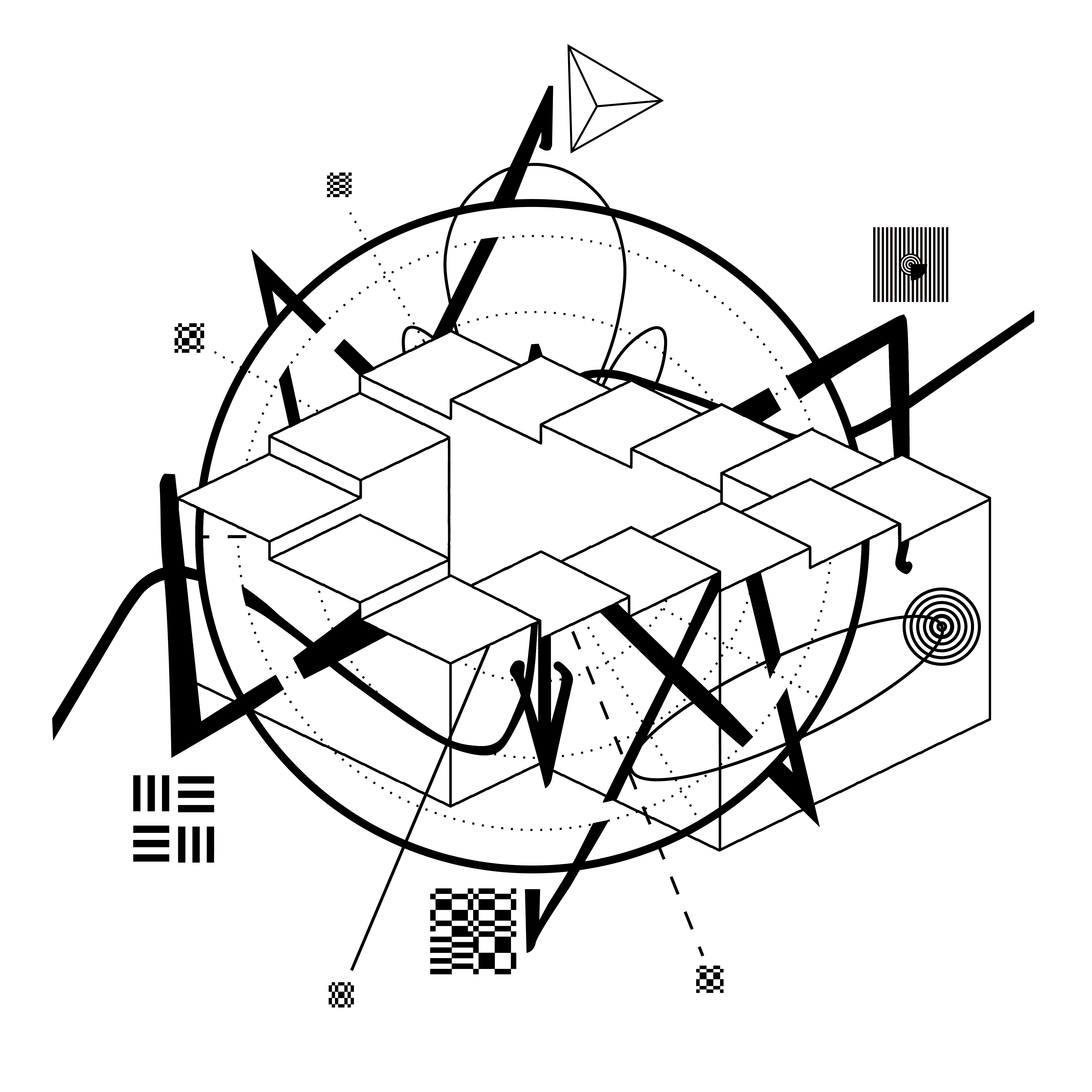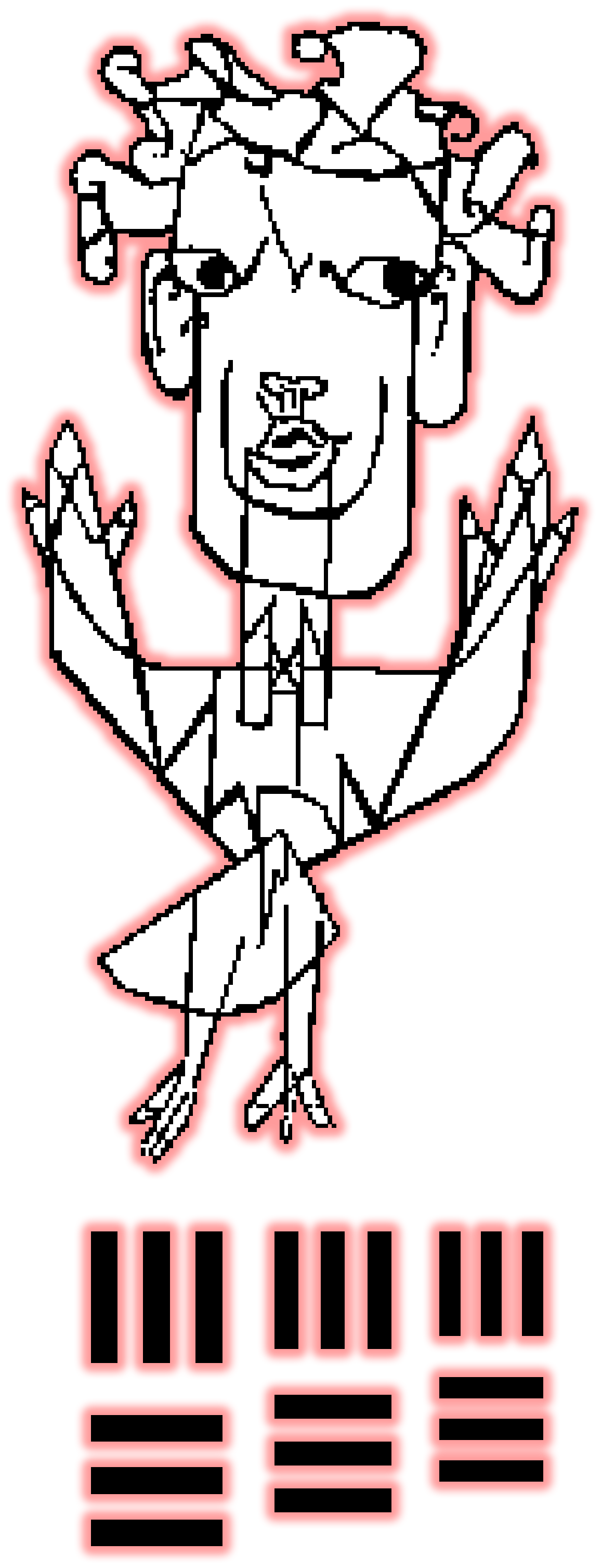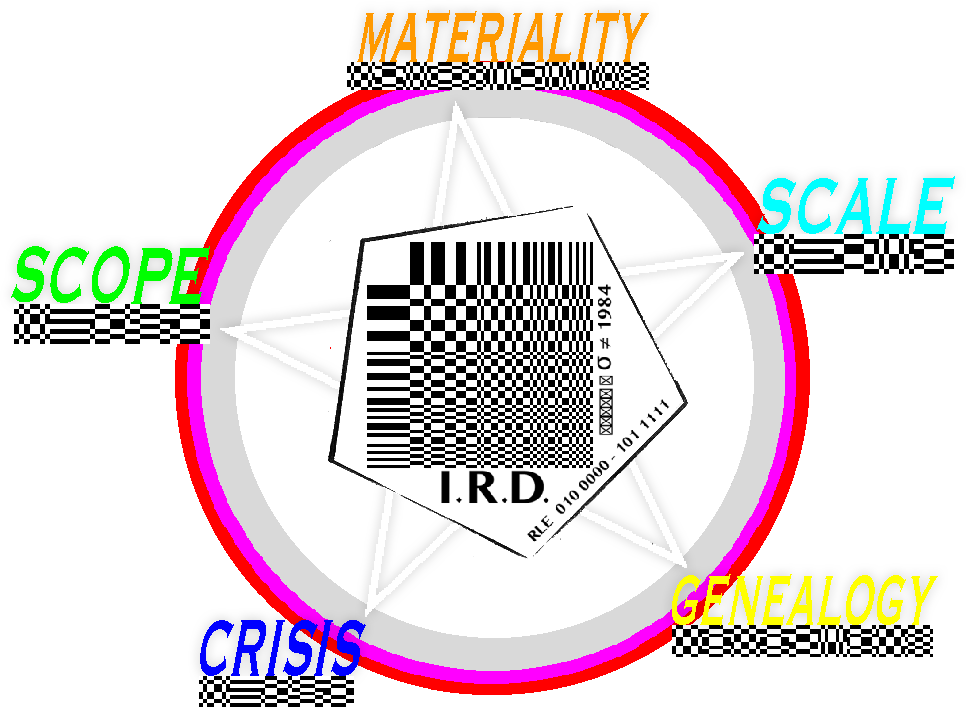
HOROLOGY: Progress causing Obsolescence
If a myth is like an algorithm; a tool shaped by a specific time and place.
Recursively, an algorithm, iteratively updated and deployed in procedural contexts, develops into myth.
If a myth is like an algorithm; a tool shaped by a specific time and place.
Recursively, an algorithm, iteratively updated and deployed in procedural contexts, develops into myth.

WRITTEN (THEORY)
>>> Glitch art Horologies (2023)
>>> ELEGY for the Collapse of PAL (2016)
>>> Glitch art Horologies (2023)
>>> ELEGY for the Collapse of PAL (2016)
ARTWORKS (PRACTICE)
>>> Collapse of PAL (2010)
>>> ELEGY for the Collapse of PAL (2016)
>>> Beyond Resolution (2015)
>>> Collapse of PAL (2010)
>>> ELEGY for the Collapse of PAL (2016)
>>> Beyond Resolution (2015)








